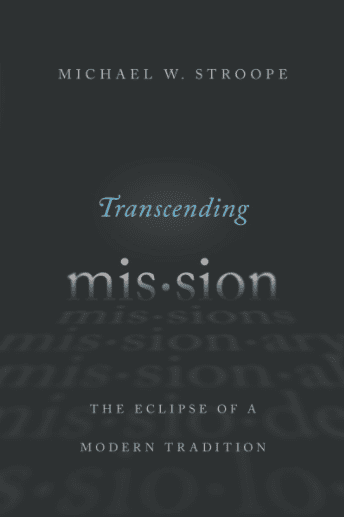 Stanley Hauerwas, one of the most influential Christian intellectuals in the world and a powerful advocate of the pacifist element in Anabaptism, has an ecclesio-centric approach to theology and apologetics. In Nicholas Healy’s book, Hauerwas: A (Very) Critical Introduction, a significant claim is laid against Hauerwas and here is how Healy puts it:
Stanley Hauerwas, one of the most influential Christian intellectuals in the world and a powerful advocate of the pacifist element in Anabaptism, has an ecclesio-centric approach to theology and apologetics. In Nicholas Healy’s book, Hauerwas: A (Very) Critical Introduction, a significant claim is laid against Hauerwas and here is how Healy puts it:
For Hauerwas’s argument to work, it must be the case that the church has the kind of visible identity he says it has, for otherwise the church cannot be the kind of alternative way of life he insists it should be (73). [And Healy wonders] whether this identity is actually a possibility (74).
Healy makes what I think is a fundamental mistake in this chapter but we must wait for that. Healy’s assumption is the realism of church life and Christians, and for his examples he takes examples from Catholic churches in the Bay Area, and in light of that sketch, he pronounces Hauerwas’ proposal a failure. Which counter-argument fails. Here’s how it works.
First, mixed membership counts against Hauerwas’ proposal. Because for Hauerwas “for the church to accomplish its role there must be 1) exceptional disciples in the church who are like the holier brother (though perhaps usually more attractive in their Christianity) in that they visibly reject the ways of the world for a more single-minded and embodied concentration on the church’s way, and 2) a sufficient number of more ordinarily good Christians … so as to constitute communities that are readily identifiable as at least something like embodiments of Jesus’ story to people of good will who are not members of the church” (79). And so he asks, “Are these two requirements regularly met?” (79).
I want to say, welcome, brother Healy, to the difference between Roman Catholicism’s sacramental realism for church and Anbaptism’s more idealistic hopes for the church. So I’ll say it.
Here’s Healy’s fundamental mistaken comparison: “The empirical problem… is that the identity-formation of most Christians is generally insufficient for them to be recognizably Christian in their everyday lives” (82). It’s hard to believe a thinking theologian would say this, but it reflects something extraordinary about Healy’s perception of the church through his lens of Catholicism. And it’s like saying, We can’t expect Americans to eat healthy foods since most Americans aren’t smart enough to make good choices. And why does he study Catholic churches instead of Hauerwas’ own church, or churches influenced by Hauerwas? Isn’t this an odd mistake? To compare Catholic churches over against Hauerwas’ anabaptist proposals?
He makes interesting suggestions: that too many of us choose a church to our own liking so that transformation is less likely.
But overall I found this chapter a substantive failure to understand even what is going on in an anabaptistic theory of church life and the Christian life.











